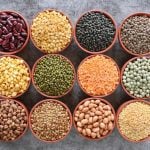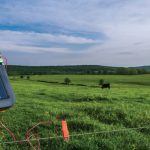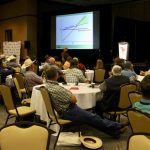
Features

Optimizing wheat grain use in feedlot diets
Researchers explore whether processing wheat can reduce its potential to cause digestive upsets, and allow feedlots to use this high-protein, high-energy feed

No trespass: The public good

What does the On-Farm Climate Action Fund mean for rotational grazing?
The federal government has slated money to support rotational grazing. But what costs are covered and how can producers access funding and support?

Grazing over-mature forages
Fall grazing has many benefits, but make sure the cow and calf’s nutritional needs are being met

Rebuilding or replacing forage stands
By evaluating current and past management practices, you can avoid repeat mistakes

Mentorship, leadership and inclusivity go hand-in-hand
Passion for both agriculture and working with Indigenous communities has fuelled Julia Flinton’s career

Preparing to ship cattle safely during the fall run
Using the VBP+ Shipping Record to maintain food safety, animal care and public trust

Electric fencing tips for fall and winter grazing
Industry reps share the ins and outs of using electric fence effectively and safely

Ranching for Profit challenges paradigms
This business management course draws repeat customers from the ranching community

Five steps to good gains on grass and grains
Know the fundamentals of growth-promoting implants to find the right fit for your cattle



